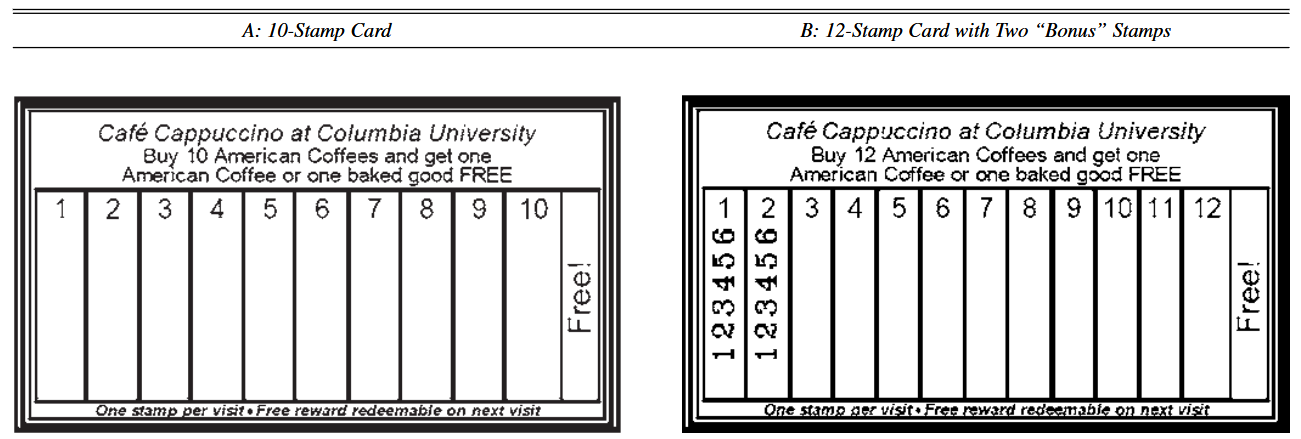How to stay motivated and stop procrastinating
Use the Goal Gradient technique.
🏷️ Categories: Goals, Motivation, Behavior, Procrastination.
Imagine you are running a marathon.
You've been going for miles at a steady pace, but as you approach the finish line, something changes. Despite exhaustion, you feel a surge of energy and you accelerate. Suddenly, no matter how tired you are, you see the finish line in front of you, you're not far away and you find the strength for the final sprint.
This phenomenon is not just a feeling.
It is a psychological principle called Goal Gradient (Hull, 1932).
Animals (including humans), we increase our effort as we get closer to a reward. And here's the crucial thing: if you understand how it works, you can use it to overcome procrastination and stay motivated.
Let's see how you can apply it in your daily life.
The science of how you behave
Clark L. Hull discovered the effect with rats in mazes.
When the rats could already sniff the food, their attention increased.
The closer they got to the reward, the faster they ran.
The closer they got, the less distracted they became.
The closer they got to the goal, the more effort they put in and the less they got sidetracked.
The same applies in humans and has a brutal impact on productivity.
If the goal is far away, the Goal Gradient is not activated, effort decreases and distraction increases. Without immediate results, we give up because we always prefer instant gratification, striving without seeing results de-motivates us.
The solution?
Make our goals always seem close at hand. Here's how to do it.
How to apply the Goal Gradient
1. Break your goals into small milestones.
The mistake many people make is to set brutal goals starting from scratch.
“I'm going to write a book.”
“I'm going to start my own business.”
These types of goals are huge, abstract and have no tangible steps. It's like trying to climb Everest with no hiking experience and no map. Instead of “write a book”, set short-term goals that are measurable:
Write 1 page a day.
Read 30 minutes a day of sources to document yourself.
Post previews on social media 2 times a week to attract readers.
Seek 3 people a month to read the draft and give their impressions.
This does push you to write the book. Instead of feeling like you're in an endless process, every day you see your unstoppable progress in a clear direction and your motivation stays high. It's the same for any goal you have.
As you achieve milestones, you become motivated and reduce the mental resistance at the beginning.
2. Eliminate initial friction
The biggest obstacle to procrastination is getting started.
That's why you must make taking the first step extremely easy.
If you want to start writing, don't demand a book. Start with a journal, writing a few paragraphs a day about your life. This will become an infallible habit and will motivate you to write essays and later, books without fail.
Going from 0% to 100% is 100 times harder than going from 0% to 1%.
It is pure mathematics.
3. Visualize your progress
Our brains respond to perceived distance, like the rats in the experiment.
In one experiment, people who received gift cards for their 10th coffee purchase. People with a gift card with 12 spaces (where 2 were already made) bought coffee faster than those who received a card with 10 empty spaces.
Why?
Because they felt they had already gone 2 steps further.
We found that customers in a coffee shop accelerated their coffee purchases as they went along to win a free coffee (Kivetz et al., 2006).
Track your habit to see your progress and how close you are to achieving the next milestone. This is why the Seinfeld Method is so effective for creating good habits. Make the feeling of progress far outweigh the temptation to quit.
4. Take care of the “post-reward reset”.
After achieving a goal, motivation drops before accelerating towards the next one.
To avoid such fluctuations in motivation, always define your next close and measurable milestones in advance. This way, you will keep your pace steady and avoid falling back into the laziness of initial friction and not visualizing small nearby milestones.
Those who accelerated toward their first reward showed a slowing of their efforts when they started again (Kivetz et al., 2006).
Don't wait for motivation to move forward.
Design a path that motivates you as you move forward.
These same reasons are what make Ivy Lee's method so effective.
Small milestones: Only 6 tasks a day
Eliminate initial friction: You have all 6 tasks listed and prioritized since last night.
Visualize your progress: Only 6 tasks, the distance is minimal no matter how little you do.
Apply it and you will see the difference: Ivy Lee's method: The most effective minimalist productivity method.
✍️ It's your turn: Think about that goal you've been putting off endlessly. Now you have the keys to get started and make it all the way to the end.
💭 Quote of the day: “Rats run faster when they get closer to the food box than they do at the beginning of the journey” Clark L. Hull, The Goal-Gradient Hypothesis.
I love that human psychology can be studied with animals, it shows that we are not as sophisticated as we sometimes think we are.
See you next time! 👋
References 📚
Hull, C. L. (1932). The goal-gradient hypothesis and maze learning. Psychological Review, 39(1), 25-43. URL
Kivetz, R., Urminsky, O., & Zheng, Y. (2006). The Goal-Gradient Hypothesis Resurrected: Purchase Acceleration, Illusionary Goal Progress, and Customer Retention. Journal Of Marketing Research, 43(1), 39-58. URL







I needed to read this! Thanks for the tips - I’ve been procrastinating like crazy recently, no explanation, just my mind has kept drifting off